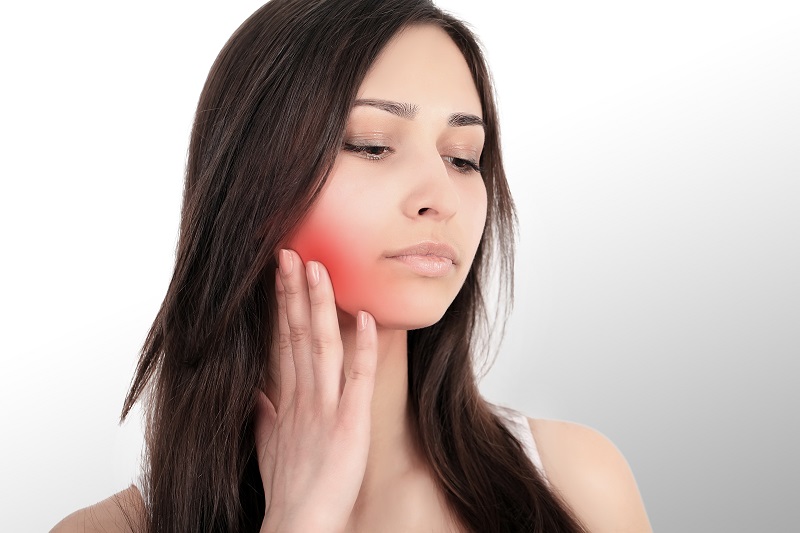Table of Contents
TMJ pain is a common problem being faced by lots of people in the modern world. TMJ or temporomandibular joint is considered as the problem of the joint muscles that may arise out of injuries or inflammation of the area. The area connects the jaw bone and the skull; therefore you may experience difficulty in chewing, cracking and cracking of the jaw. There are many other symptoms of the disease such as Nerve inflammation, which is one of the most important symptoms of the problem. It is accompanied by incessant pain in the affected region. In some other cases, it also leads to headaches and migraines.

Risk factors:
The risk factors of TMKJ include poor posture of the person. It causes pain in the neck and the upper back muscles. In few instances, abnormalities in the upper jaw function could lead to severe problems for the patients.
Due to stress, muscle tension and jaw clenching frequently occur in people. Therefore, it is important for the patients not to become anxious on smaller issues.
Related:
General Health Problems Due to Stress and The Ways to Reduce Stress
Women falling within the age group of 18 to 44 years are at a much higher risk to be affected by the disease.
Individuals who are suffering from arthritis may get affected with TMJ pain too.
Symptoms of TMJ:
Blurred vision is one of the most important symptoms. In some cases, people also complain of stiffness in the jaw. Pain at the base of the tongue could be a cause of alarm for the people.
Dislocation of the jaw during injury and vertigo are the other symptoms plaguing the individuals.
Diagnosis:
Doctors would check the medical history of the patients and also conduct a physical examination. Visit the maxillofacial specialists might do a whirl of good to the people.
Medical consultants may also order MRI of the affected portion to confirm the diagnosis. It is important to detect the damage of the cartilage joints. Dental braces also cause face and neck pain along with swelling in the lymph nodes.

Treatment:
You should use a pack of ice on the joints to get relief from pain. Over the counter, anti-inflammatory drugs provide temporary relief to the patients.
Consuming soft foods and chewing gums would not increase the pain of the facial muscles. Massaging of the jaws go a long way in increasing blood circulation to the joints.
The relaxation technique is preferred by a majority of people because it does not cause any side effect like chemical drugs.
Some essential oils lubricate the area affected by pain. They are made from different types of flowers such lavender and sweet Marjorie.
The dental splint can be placed in the mouth to align the teeth in an impeccable manner. It also helps in preventing tooth grinding
People can avail the Botox treatment to get relief from pain. Some alternative medications include Botox and acupuncture because they operate on the principle of increased blood flow.
Doctors who treat TMJ:
Primary health care provider can diagnose the instances of TMJ. Even child pediatricians can diagnose the disease based on the symptoms in the patients. Ear, nose and throat specialist can accomplish the task by razor-sharp diagnosis skills.
Prognosis of the disease:
- The prognosis of TMJ is good provided that it is diagnosed at an early stage. Some of the complications include chronic face or a headache.
- In severe cases, long-term treatment is required for the patients.
Prevention:
- In order to prevent TMJ, it is important to have only soft food. Moreover, one should also maintain proper posture to get the desired results.
- One should use proper safety equipments to prevent dental fracture of the face. Goldfish exercises and chin tucks are mighty useful for patients.



